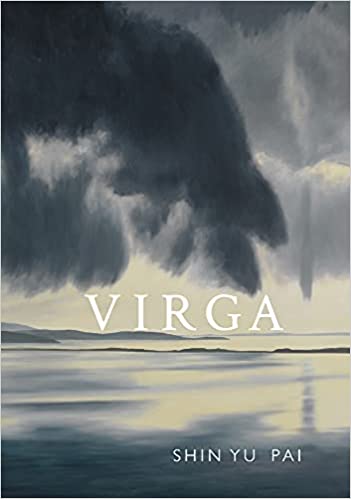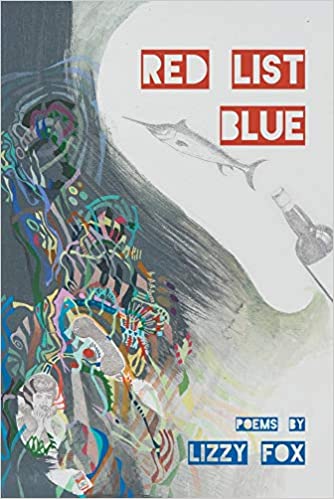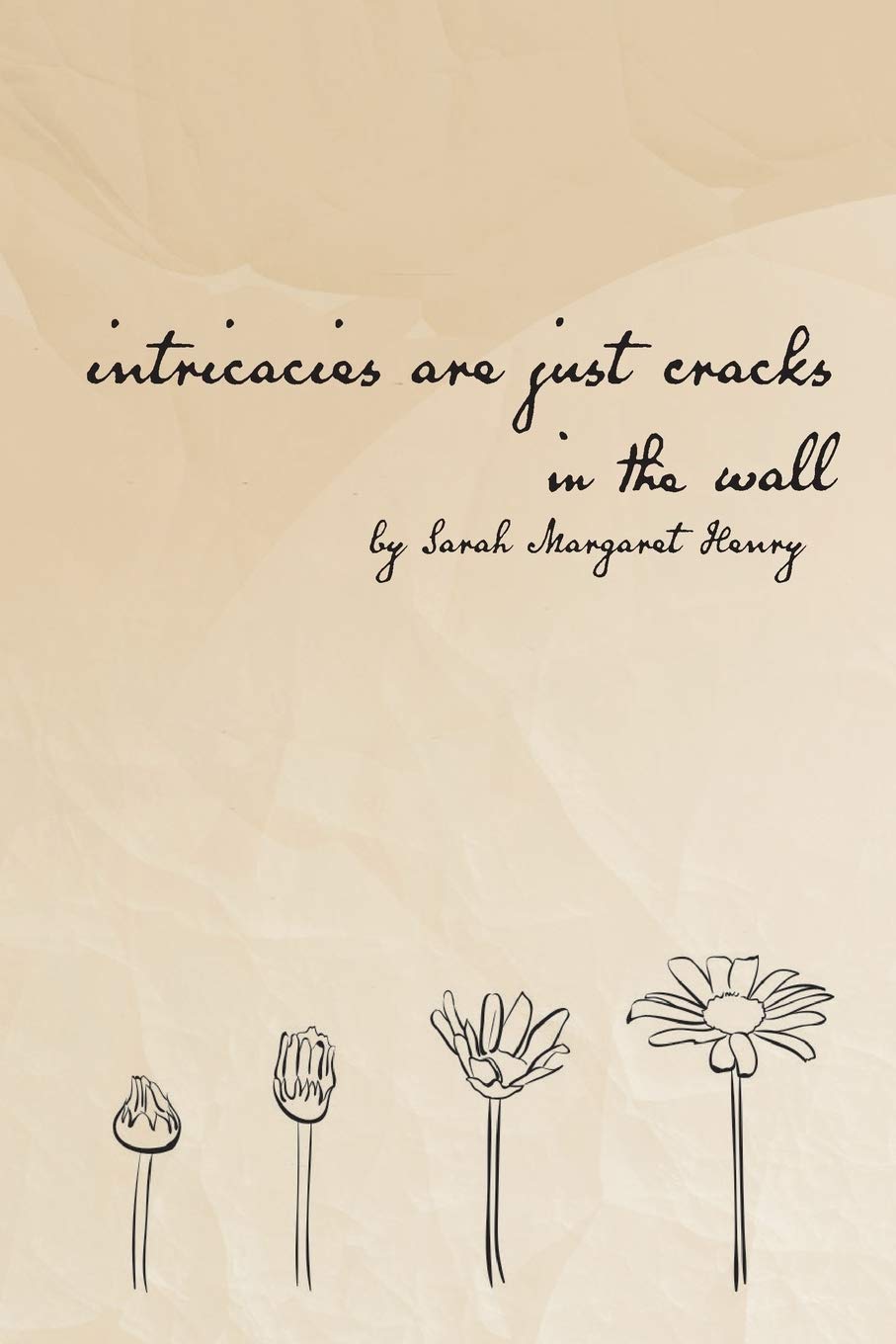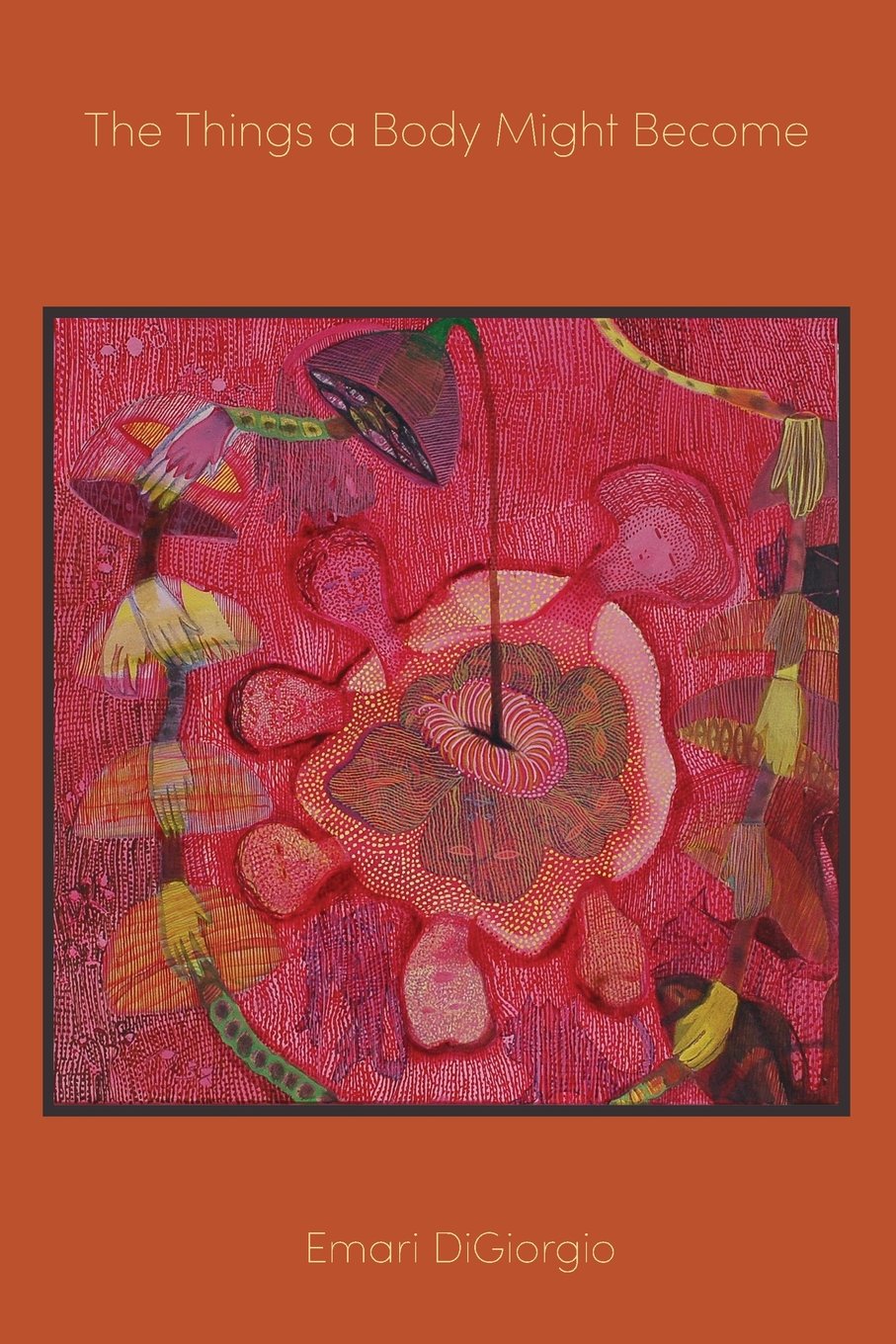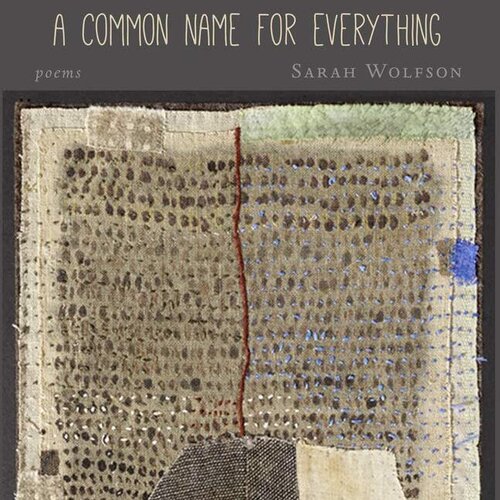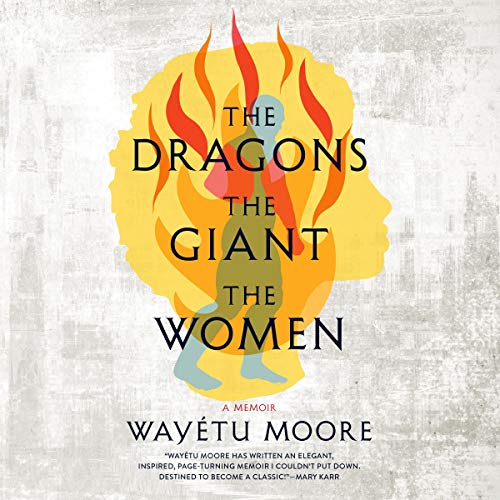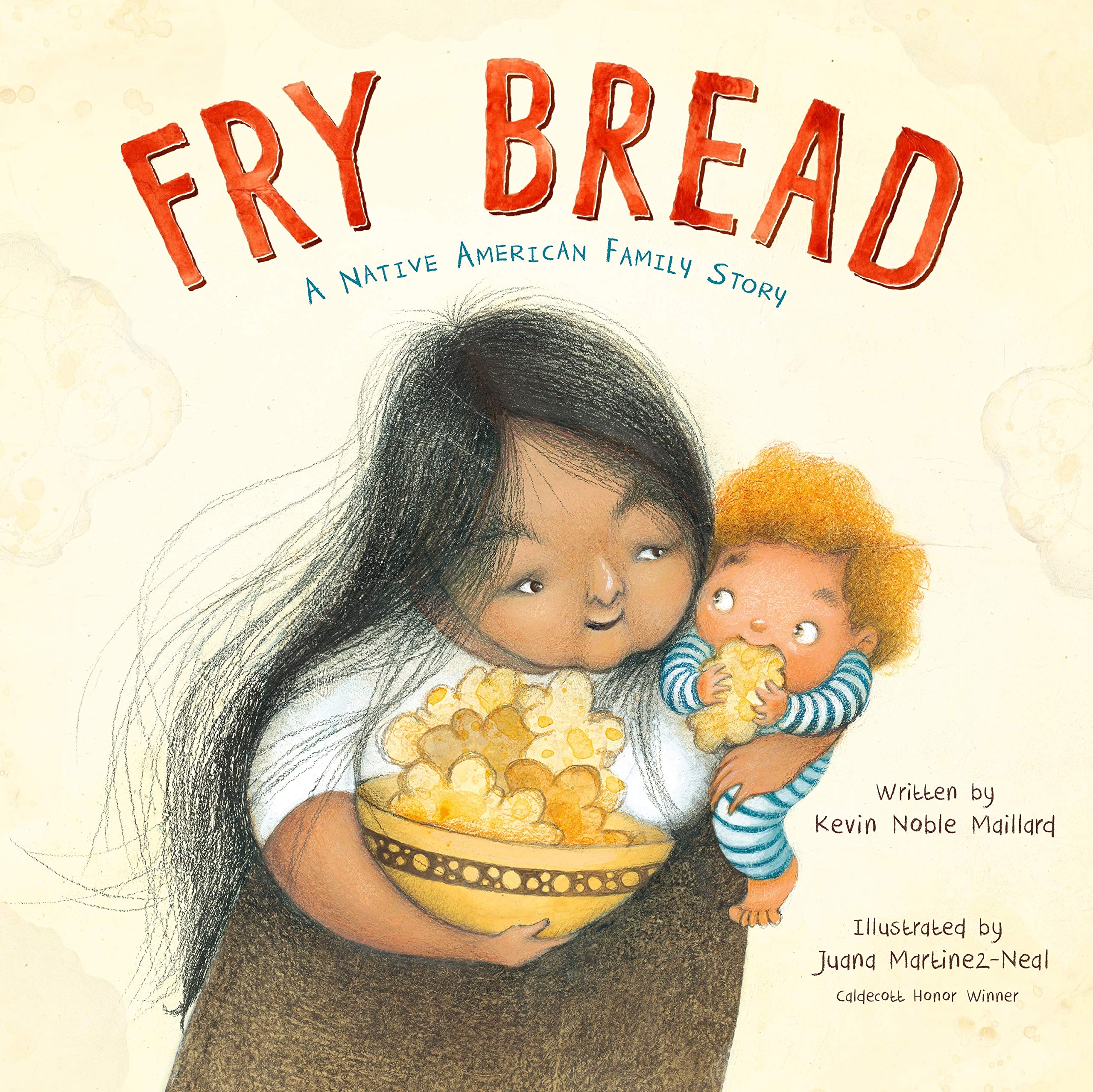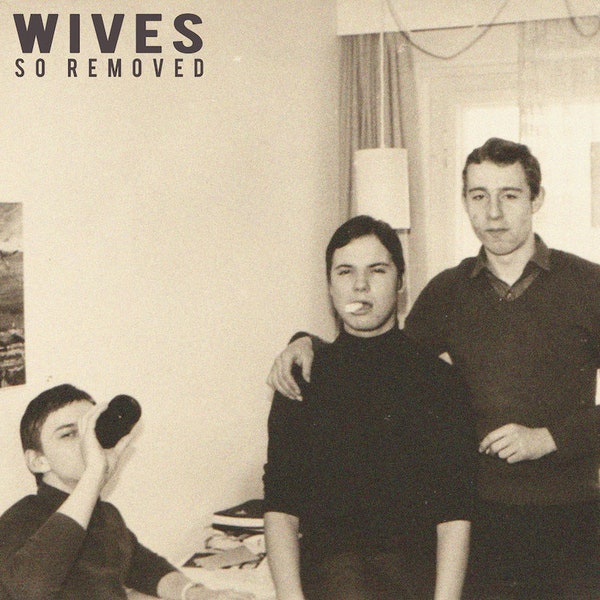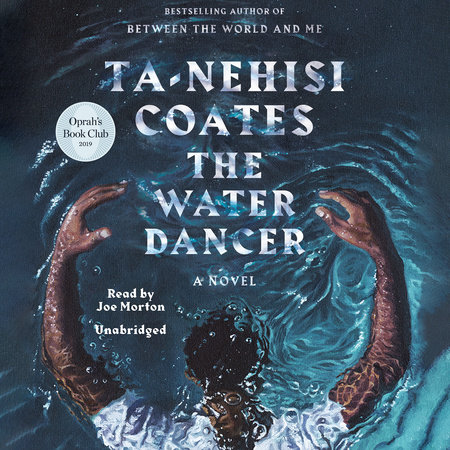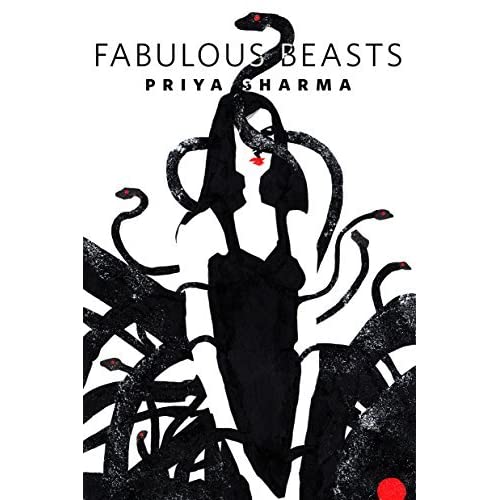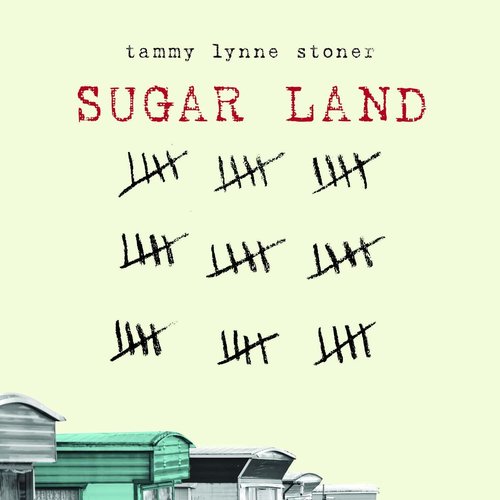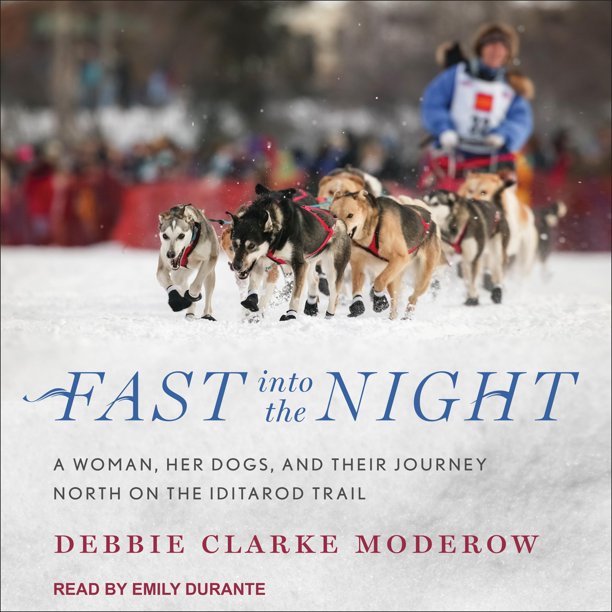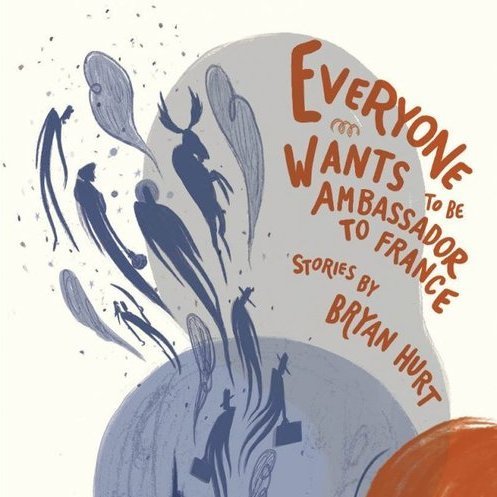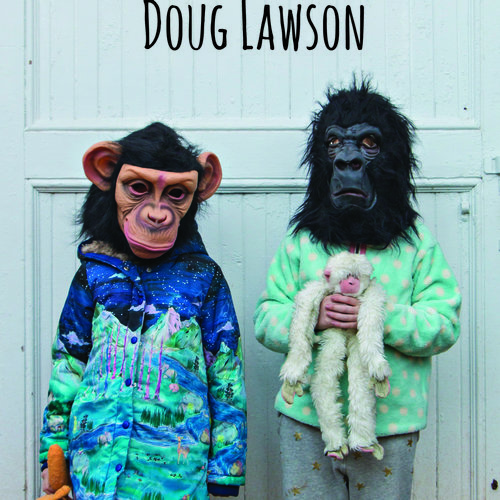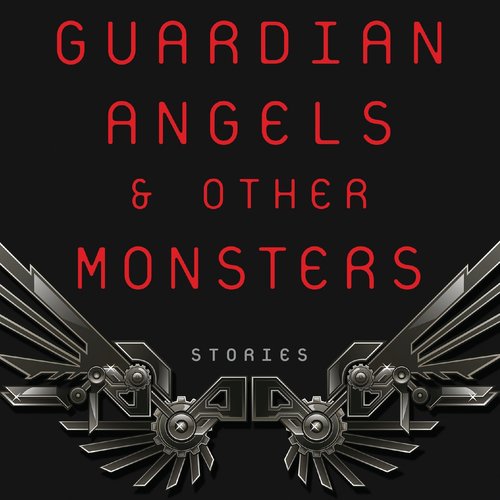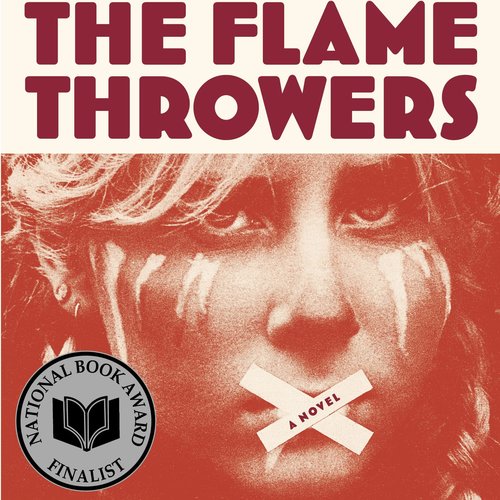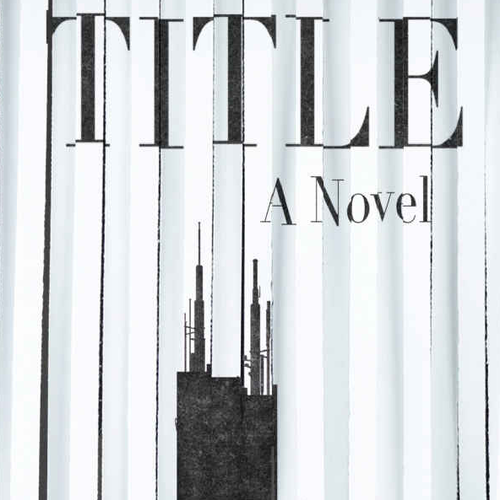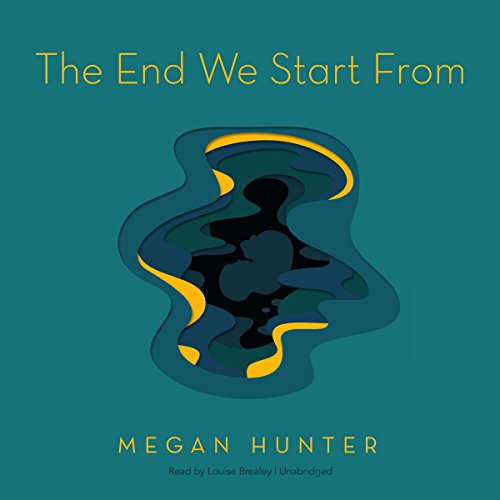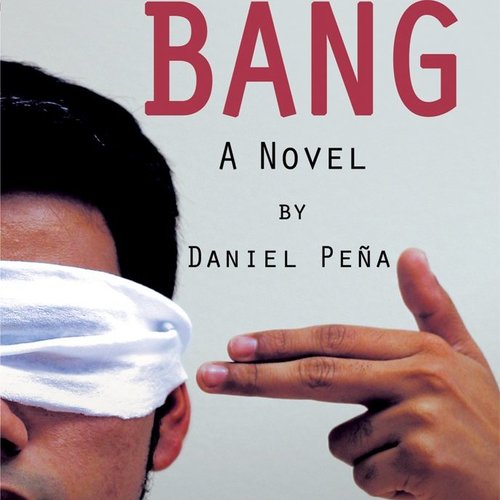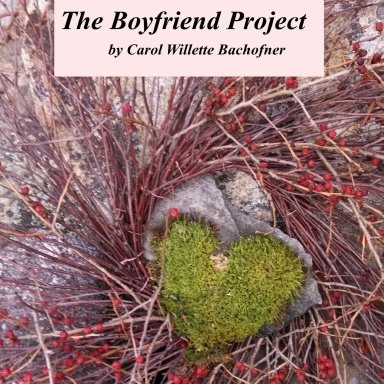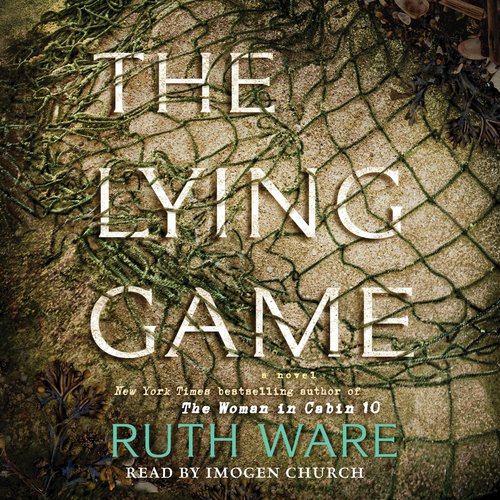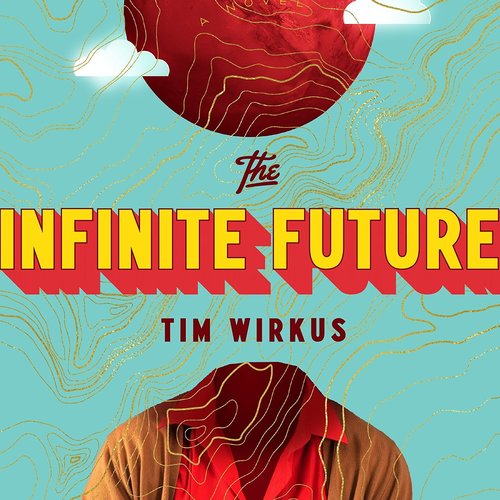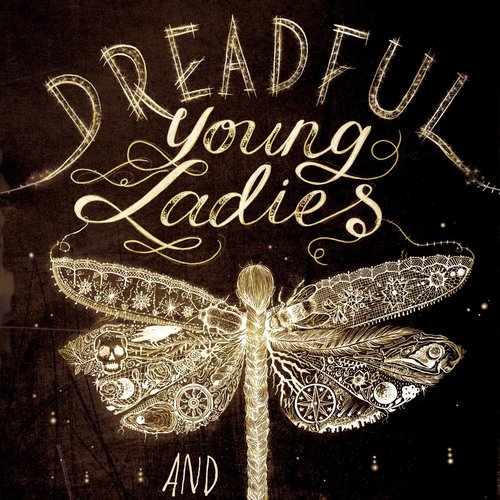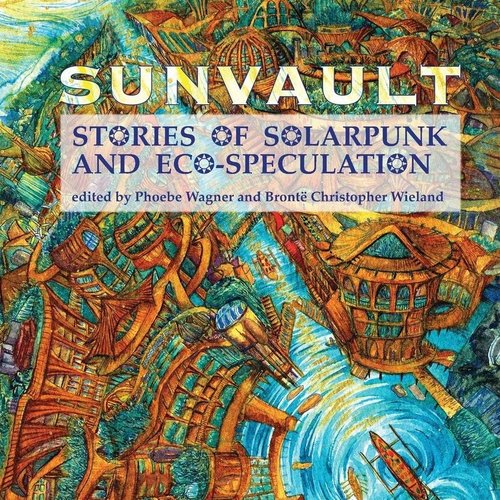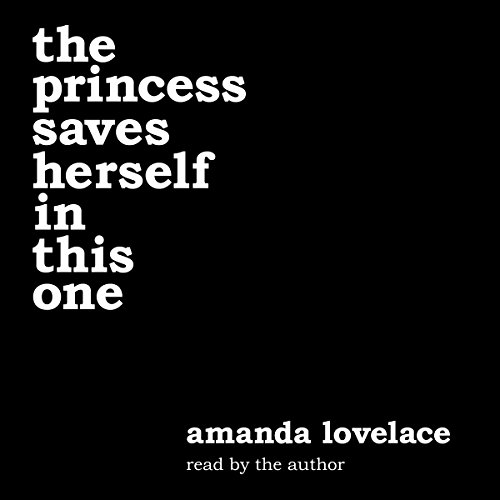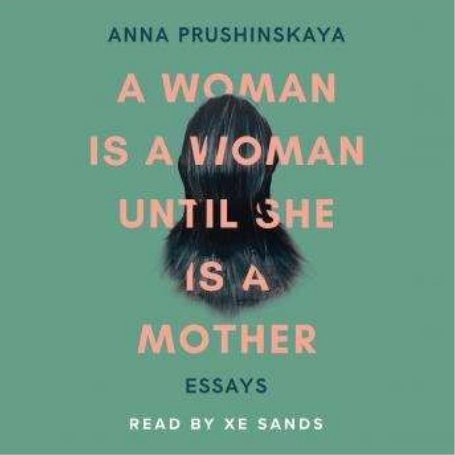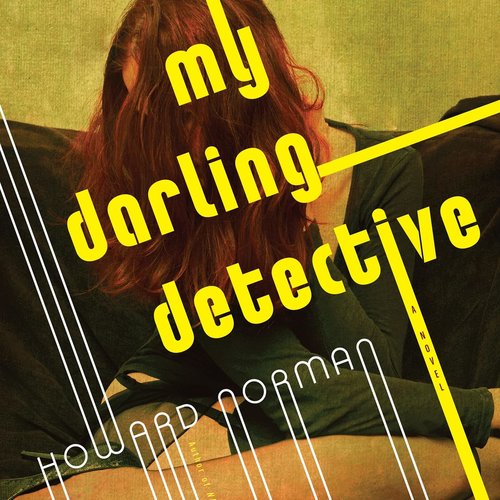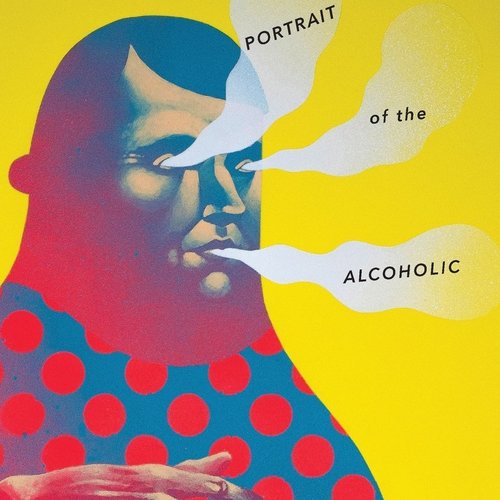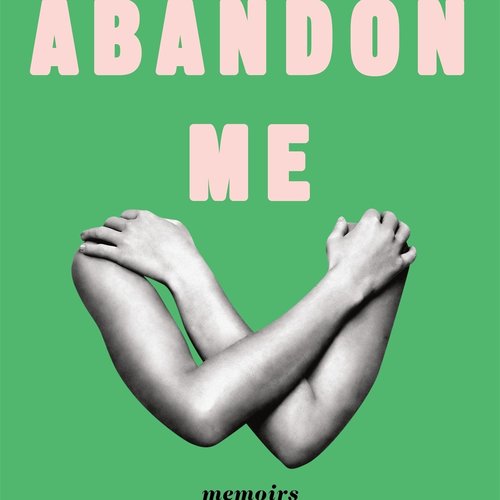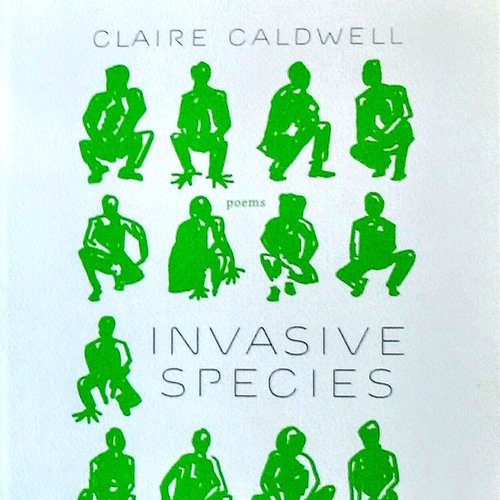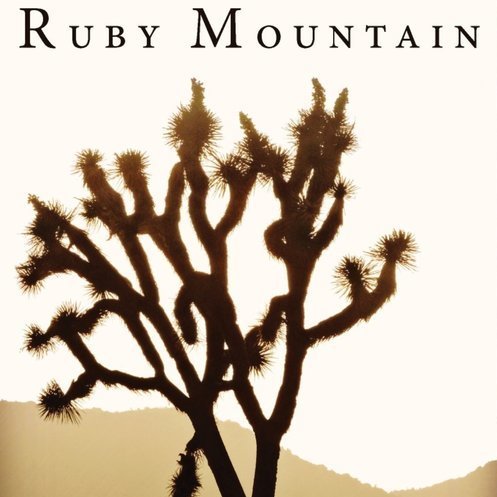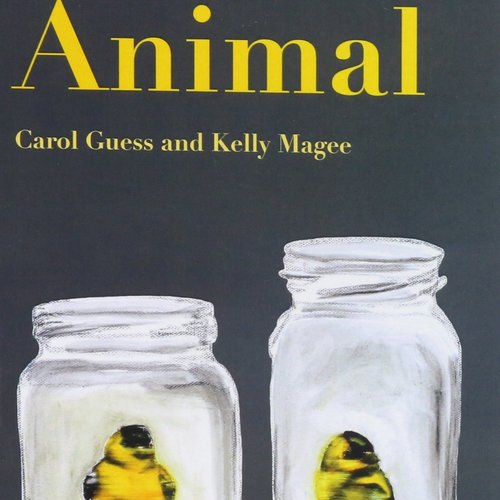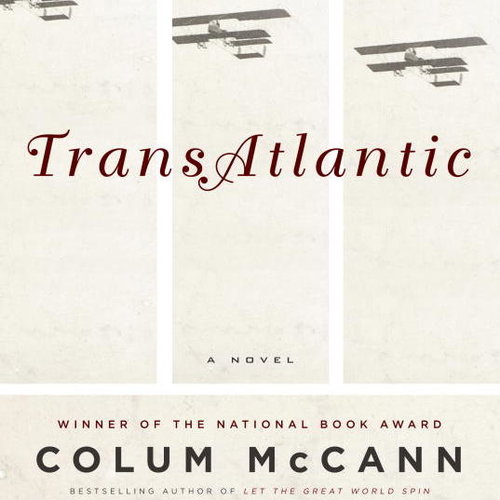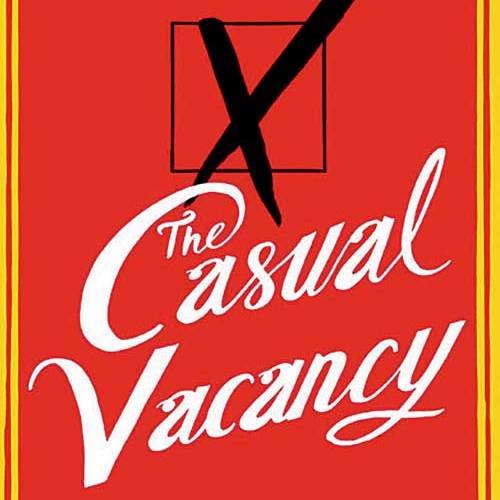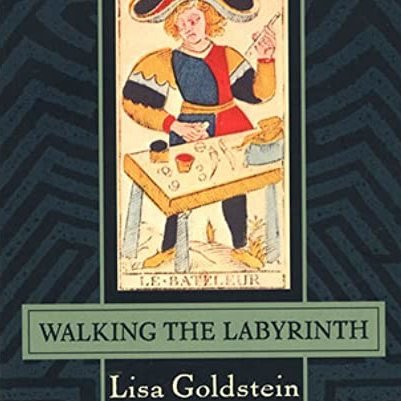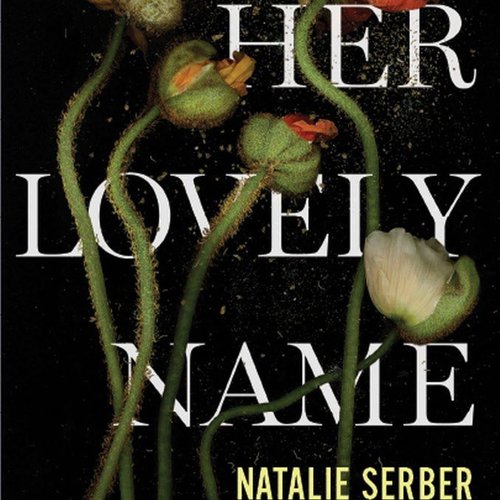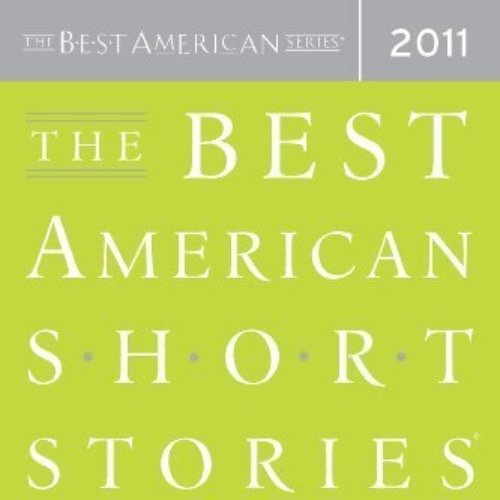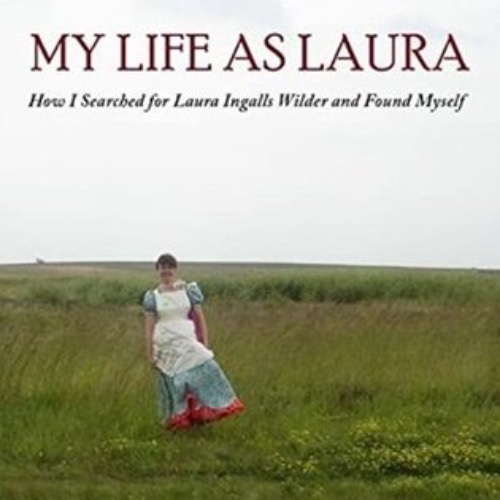[av_hr class=’custom’ height=’50’ shadow=’no-shadow’ position=’center’ custom_border=’av-border-fat’ custom_width=’100%’ custom_border_color=’#372a55′ custom_margin_top=’30px’ custom_margin_bottom=’30px’ icon_select=’no’ custom_icon_color=” icon=’ue808′ font=’entypo-fontello’ admin_preview_bg=”] Virga by Shin Yu Pai Empty Bowl Press (Aug. 1 2021) $16 paperback 72 pages I knew Shin Yu Pai before I read Virga. That is, I could choose to say it that way. I knew her name, her face… Continue reading A Review of Virga by Shin Yu Pai
by Zoey Adam
Category: Book Reviews
A Review of Virga by Shin Yu Pai
A Review of Red List Blue
by Rebecca Jamieson
[av_hr class=’custom’ height=’50’ shadow=’no-shadow’ position=’center’ custom_border=’av-border-fat’ custom_width=’100%’ custom_border_color=’#372a55′ custom_margin_top=’30px’ custom_margin_bottom=’30px’ icon_select=’no’ custom_icon_color=” icon=’ue808′ font=’entypo-fontello’ admin_preview_bg=”] Red List Blueby Lizzy FoxFinishing Line PressISBN: 978-1-64662-409-6$19.99 paperback57 pages Lizzy Fox’s debut poetry collection Red List Blue is a love song to a planet in crisis. By turns conversational, questioning, incantatory, and pleading, her poems circle a profound central… Continue reading A Review of Red List Blue
by Rebecca Jamieson
A Review of intricacies are just cracks in the wall
by Noelle Thomas
[av_hr class=’custom’ height=’50’ shadow=’no-shadow’ position=’center’ custom_border=’av-border-fat’ custom_width=’100%’ custom_border_color=’#372a55′ custom_margin_top=’30px’ custom_margin_bottom=’30px’ icon_select=’no’ custom_icon_color=” icon=’ue808′ font=’entypo-fontello’ admin_preview_bg=”] intricacies are just cracks in the wall By Sarah Margaret Henry 122 pages. Still Poetry Photography. $15.00 (paper). intricacies are just cracks in the wall, a debut collection of poems and lyrical prose by Sarah M. Henry, came to my… Continue reading A Review of intricacies are just cracks in the wall
by Noelle Thomas
Launching Lightning Bolts with Emari DiGiorgio
A Review by and Interview with Micah Dela Cueva
In The Things A Body Might Become (TTABMB) and Girl Torpedo (GT), the body shapeshifts into the metaphysical, the aethereal, and the untamed—all continuously becoming. Emari DiGiorgio holds a lightning bolt in her fist as she writes against the violence and expectations that men place on women’s bodies. In her poems, she evokes a rite of… Continue reading Launching Lightning Bolts with Emari DiGiorgio
A Review by and Interview with Micah Dela Cueva
A Review of A Common Name for Everything by Sarah Wolfson
by Bianca Viñas
[av_hr class=’custom’ height=’50’ shadow=’no-shadow’ position=’center’ custom_border=’av-border-fat’ custom_width=‘100%’ custom_border_color=’#372a55′ custom_margin_top=’30px’ custom_margin_bottom=’30px’ icon_select=’no’ custom_icon_color=” icon=’ue808′ font=’entypo-fontello’ admin_preview_bg=”] In her debut, poet Sarah Wolfson becomes both pastoral cryptographer and medium to the wonderfully odd. She is artist and guide, purposefully misplacing the familiar and mundane to a corner of altered earth where magic is once again possible and… Continue reading A Review of A Common Name for Everything by Sarah Wolfson
by Bianca Viñas
A Review of The Dragons, the Giant, the Women, and an Interview with author Wayétu Moore
by Amara Nicole Okolo
[av_hr class=’custom’ height=’50’ shadow=’no-shadow’ position=’center’ custom_border=’av-border-fat’ custom_width=‘100%’ custom_border_color=’#1f4e78′ custom_margin_top=’30px’ custom_margin_bottom=’30px’ icon_select=’no’ custom_icon_color=” icon=’ue808′ font=’entypo-fontello’ admin_preview_bg=”] When I began reading The Dragons, the Giant, the Women, I had the expectations of a story about an author’s liberation from a country ravaged by war. But then I got something much better than that. The Dragons, the Giant,… Continue reading A Review of The Dragons, the Giant, the Women, and an Interview with author Wayétu Moore
by Amara Nicole Okolo
Raising Consciousness in Our Youth:
A Review of Fry Bread
by Antonio Brown
[av_hr class=’custom’ height=’50’ shadow=’no-shadow’ position=’center’ custom_border=’av-border-fat’ custom_width=’100%’ custom_border_color=’#372a55′ custom_margin_top=’30px’ custom_margin_bottom=’30px’ icon_select=’no’ custom_icon_color=” icon=’ue808′ font=’entypo-fontello’ admin_preview_bg=”] Kevin Noble Maillard’s children’s book—filled with inspiration for adults—illuminates the complexities of culture through food. Bread, the stuff of life, is the medium to enlighten our understandings of history and diversity. His book is authored with the youngest readers (up… Continue reading Raising Consciousness in Our Youth:
A Review of Fry Bread
by Antonio Brown
A Review of Wives’ So Removed
by Tracy Haught
[av_hr class=’custom’ height=’50’ shadow=’no-shadow’ position=’center’ custom_border=’av-border-fat’ custom_width=’100%’ custom_border_color=’#372a55′ custom_margin_top=’30px’ custom_margin_bottom=’30px’ icon_select=’no’ custom_icon_color=” icon=’ue808′ font=’entypo-fontello’ admin_preview_bg=”] A forty-something-year-old woman is probably not the target audience for Brooklyn-based band Wives’ debut album, So Removed, but I’m here to tell you that what they’ve got going on is ageless. I would’ve listened to this album at any point… Continue reading A Review of Wives’ So Removed
by Tracy Haught
Queering of a Peculiar Institution:
A Review of The Water Dancer
by Antonio Brown
[av_hr class=’custom’ height=’50’ shadow=’no-shadow’ position=’center’ custom_border=’av-border-fat’ custom_width=’100%’ custom_border_color=’#372a55′ custom_margin_top=’30px’ custom_margin_bottom=’30px’ icon_select=’no’ custom_icon_color=” icon=’ue808′ font=’entypo-fontello’ admin_preview_bg=”] Ta-Nehisi Coates’ most overwhelming task in authoring The Water Dancer is overcoming the rampant cultural inclination toward schadenfreude—that is, the pleasures derived from observing the misfortunes of another, especially a particularly successful other. His achievements as an essayist, christened by… Continue reading Queering of a Peculiar Institution:
A Review of The Water Dancer
by Antonio Brown
Review: All The Fabulous Beasts by Priya Sharma
by Jordan Glynn
[av_hr class=’custom’ height=’50’ shadow=’no-shadow’ position=’center’ custom_border=’av-border-fat’ custom_width=’100%’ custom_border_color=’#372a55′ custom_margin_top=’30px’ custom_margin_bottom=’30px’ icon_select=’no’ custom_icon_color=” icon=’ue808′ font=’entypo-fontello’ admin_preview_bg=”] [av_textblock size=” font_color=” color=” admin_preview_bg=”] Sharma has said—in an interview with James Everington—that she “think[s] [she] write[s] speculative fiction because [she is], in truth, an escapist.” It was effortless to slip into a world of visceral horror and cruel intrigue.… Continue reading Review: All The Fabulous Beasts by Priya Sharma
by Jordan Glynn
A Review of The Displaced: Refugee Writers on Refugee Lives
by Dayton J Shafer
[av_hr class=’custom’ height=’50’ shadow=’no-shadow’ position=’center’ custom_border=’av-border-fat’ custom_width=’100%’ custom_border_color=’#372a55′ custom_margin_top=’30px’ custom_margin_bottom=’30px’ icon_select=’no’ custom_icon_color=” icon=’ue808′ font=’entypo-fontello’ admin_preview_bg=”] A collection of geographically diverse essays, The Displaced: Refugee Writers on Refugee Lives, works to illustrate how seemingly disparate refugee narratives can interlock the universality of homeland flight. With seventeen international writers reflecting on the refugee experience, the collection, edited… Continue reading A Review of The Displaced: Refugee Writers on Refugee Lives
by Dayton J Shafer
Review: The Blurry Years by Eleanor Kriseman
by Sarah Leamy
Callie, our narrator, has a keen eye for observation and takes us into her childhood in a tourist-rich yet sleazy Florida, set vividly in the late-seventies and onwards. We begin with her as a six-year-old and end with her leaving on her own at eighteen. Her mother is a forgetful and irresponsible drunk, one who… Continue reading Review: The Blurry Years by Eleanor Kriseman
by Sarah Leamy
Review: Sugar Land by Tammy Lynne Stoner
by Sarah Leamy
Sugar Land is the story of one hell of a character called Miss Dara. The novel, divided into three sections, is set in 1920’s Texas, and spans Miss Dara’s whole life. We meet her as a 19-year-old when she falls for her best friend, Rhodie. The attraction is mutual and they spend a few weeks… Continue reading Review: Sugar Land by Tammy Lynne Stoner
by Sarah Leamy
Review: The Binti Trilogy by Nnedi Okorafor
by Bianca Viñas
The Binti trilogy resides for me in that corner of the Appalachian Mountains I first picked it up: 14.5 acres of oak trees, milkweed, and a prolific flora only Nnedi Okorafor could bring back to memory with renewed magic and beauty. What I read in her novellas came alive in the landscape. Okarafor, the magnetic… Continue reading Review: The Binti Trilogy by Nnedi Okorafor
by Bianca Viñas
Review: Fast into the Night by Debbie Clarke Moderow
by Sarah Leamy
Just what I needed. It was a snowy afternoon in Vermont and I was bored. I picked up Moderow’s Fast into the Night: A Woman, Her Dogs, and Their Journey North on the Iditarod Trail from the pile of books next to my bed. I started the memoir and then put it down. Why? I knew… Continue reading Review: Fast into the Night by Debbie Clarke Moderow
by Sarah Leamy
Review: Everyone Wants To Be Ambassador To France by Bryan Hurt
by Sarah Leamy
Wonderfully absurd and weird stories fill this collection by Bryan Hurt. His characters range from astronaut-artists, a British aristocrat with his adopted girls, a goat and seagull questioning the afterlife on the edge of a cliff, and a run-down American writer panicking about the demands of his agents. The opening lines are often so succinct… Continue reading Review: Everyone Wants To Be Ambassador To France by Bryan Hurt
by Sarah Leamy
Book Blurb: Fragile Things
by Valentyn Smith
Neil Gaiman doesn’t know this but I’m devastated that the one time I lived as an NYC-expat was when he reigned as Neptunian king at this year’s Mermaid Parade. So, this summer, instead of reveling in my usual Coney Island haunts, I decided to grow a fishtail in my bathtub as I read the short… Continue reading Book Blurb: Fragile Things
by Valentyn Smith
Review: Bigfoots in Paradise by Doug Lawson
by Sarah Leamy
Doug Lawson’s collection of short stories, Bigfoots in Paradise, is set in and around Santa Cruz, California, between Silicon Valley and the Pacific Ocean. There are eight stories, each about 20-30 pages, and many have been previously published in journals such as Gargoyle, Glimmer Train, and Mississippi Review, amongst others. Doug Lawson writes with confidence,… Continue reading Review: Bigfoots in Paradise by Doug Lawson
by Sarah Leamy
Book Blurb: Guardians Angels & Other Monsters
by Paul Daniel Ash
In Guardian Angels & Other Monsters, Daniel H. Wilson’s short story collection invites us to consider the question: How far would you go to provide for your children? “The Executor,” a noir-esque short story, reimagines a hypercapitalist future world in which the descendants of the galaxy’s richest man have fought centuries-long wars over their vast… Continue reading Book Blurb: Guardians Angels & Other Monsters
by Paul Daniel Ash
Review: The Flamethrowers by Rachel Kushner
by Blake Z. Rong
The opening scene of Rachel Kushner’s The Flamethrowersevokes this bold declaration: a vision of a sleek Italian motorcycle, screaming across Utah’s Bonneville Salt Flats. The hero, Reno—leather-clad and fearless—hits 130 miles per hour, her record-setting attempt.
Book Review: Macbeth by Jo Nesbø
by Paul Daniel Ash
To mark the 400th anniversary of Shakespeare’s death, the Hogarth Shakespeare Project began inviting novelists in 2015 to reimagine the Bard’s canon in contemporary works of fiction. A number of writers were contacted, such as Howard Jacobson, Anne Tyler, Margaret Atwood, and Jo Nesbø, a Norwegian author primarily known for his Harry Hole series of… Continue reading Book Review: Macbeth by Jo Nesbø
by Paul Daniel Ash
Book Blurb: TITLE 13
by Cameron Finch
Michael A. Ferro’s darkly comedic debut novel, TITLE 13, is the story of a missing government census document, a deep and complex relationship with home and family, a man losing himself to alcoholism, and the usual contenders: life, death, and love. It’s also the first documentation of the Midwest’s experience during The Great Recession that… Continue reading Book Blurb: TITLE 13
by Cameron Finch
Book Blurb: The End We Start From
by Lindsay Gacad
Megan Hunter’s haunting debut novel, The End We Start From, explores a mother’s journey through London underwater. Immediately, the reader is gripped by Hunter’s visceral imagery, as she describes the protagonist, who is preparing to give birth as “a lumbering gorilla with a low-slung belly and suspicious eyes.” Through Hunter’s poetic prose and honest revelations, readers… Continue reading Book Blurb: The End We Start From
by Lindsay Gacad
Review: Bang by Daniel Peña
by Mariah Hopkins
When the reader first meets Iván the hotel owner in Daniel Peña’s debut novel, Bang, he is ruminating on all the reasons why his mother seemed to never let him outside into the Mexican city of Matamoros as he was growing up. “At first it was sun-exposure (too much of it),” Iván thinks. “And as… Continue reading Review: Bang by Daniel Peña
by Mariah Hopkins
Review: The Boyfriend Project by Carol Willette Bachofner
by Lauren Lang
Let’s Talk about Boyfriend(s) School dance, prom, holding hands, kissing, dating, love, and boyfriends. Full of reminiscent nostalgia for the past, Bachofner explores young love in her latest poetry book, The Boyfriend Project (2017). The catchy title attracts instant attention, especially from girls of all ages, who love to reminisce about romantic relationships from their… Continue reading Review: The Boyfriend Project by Carol Willette Bachofner
by Lauren Lang
Review: The Lying Game by Ruth Ware
by Kayleigh Marinelli
Let’s Play The Lying Game. Tell a lie. Everyone has told a white lie in their lives. I have never been one of those people. Caution: Continue at your own risk for I fear I may be an unreliable narrator with a past I am trying to bury. Once in a while these lies creep… Continue reading Review: The Lying Game by Ruth Ware
by Kayleigh Marinelli
Book Review: Tim Wirkus’ The Infinite Future
by Sarah Leamy
The Infinite Future likes to mix its genres, stories, and narrators. Released in January 2018 by Penguin Press, Tim Wirkus’ work is a novel that is broken into two sections. There is the search for an ancient manuscript, and the manuscript itself: Two tales live within this one book.
Book Review: Dreadful Young Ladies and Other Stories by Kelly Barnhill
by Cameron Finch
Fusing fantasy, horror, gothic romance, and the supernatural, the stories of Minnesota-based Kelly Barnhill host a menagerie of undead magicians, poetic corpses, haunted witches, and evasive female pirates.
Book Review: Sunvault: Stories of Solarpunk and Eco-Speculation
by Paul Daniel Ash
The literary world has been applying the “-punk” suffix to science fiction sub-genres so frequently and for so long that it sometimes verges on self-parody. It all began with cyberpunk, a description of the 80s noir-esque SF of Bruce Sterling, Rudy Rucker, and of course William Gibson. This was soon followed by steampunk, a term… Continue reading Book Review: Sunvault: Stories of Solarpunk and Eco-Speculation
by Paul Daniel Ash
the princess saves herself in this one by Amanda Lovelace
by Lindsay Gacad
No matter how outdated or clichéd you think fairy tales have become, their appeal remains undeniable today. The whimsy and call for the suspension of belief, as applied to the mundane of our everyday, grasps at our hearts, evoking a sense of nostalgia and hope. When I asked the employee at Phoenix Books in Burlington… Continue reading the princess saves herself in this one by Amanda Lovelace
by Lindsay Gacad
Review: A Woman is a Woman Until She is a Mother by Anna Prushinskaya
by Cameron Finch
At the Crossroads of Woman and Mother A Review of A Woman is a Woman Until She is a Mother by Anna Prushinskaya How are women’s stories told? Who hears these stories? How do the terms ‘mother’ and ‘woman’ relate and differentiate? Can they coexist? These are some of the questions Anna Prushinskaya tackles with… Continue reading Review: A Woman is a Woman Until She is a Mother by Anna Prushinskaya
by Cameron Finch
Review: Vacationland by John Hodgman
by Christa Guild
John Hodgman has made his living off of telling tales and giving people orders. His first three books, satirical almanacs, cover topics ranging from fake historical anecdotes to the validity of the upcoming Mayan apocalypse. I first came across Hodgman through his podcast, Judge John Hodgman, where he mediates everyday conflicts with a self-righteous demeanor… Continue reading Review: Vacationland by John Hodgman
by Christa Guild
My Darling Detective by Howard Norman
by Sarah Leamy
Norman is a master of atmosphere and despite the levity of the parallel detective stories, My Darling Detective has these touches of such realism that we, the readers, leave with a strong sense of the trauma of war on a personal level.
Blackbirds in September: Selected Shorter Poems of Jürgen Becker
by Ian Haight
Becker’s belief in reality, his faith in meaning, and his understanding that meaning can be communicated, has value, and originates in consciousness; are all affirmations of human life. These are ideas worthy of gratitude.
Portrait of the Alcoholic by Kaveh Akbar
by Genevieve N. Williams
Kaveh Akbar writes with such spiritual risk and honesty that we as readers are brought into the liminal spaces of language, addiction, and displacement.
The Catalog of Broken Things by Anatoly Molotkov
by Anthony DiMatteo
The book offers a journey of disorder and disappearance. As in life, one must find a way.
Dark Water: Melissa Febos’s Haunting New Memoir, Abandon Me
by Cameron Dezen Hammon
Love without sense or control, love made into a god, is no longer love. It’s a weapon wielded most painfully on the self, but perhaps it also has the potential to deliver healing.
One Hundred Apocalypses and Other Apocalypses by Lucy Corin
by Amelia Marchetti
The stories they are living are moments of purgatory, the still transitionary moment where one state of living has ended, but the next stage of life has yet to begin.
Invasive Species by Claire Caldwell
by Ariel Kusby
Caldwell’s poems manage to explore substantial themes with an intimate gaze; the humor is simultaneously empathetic and darkly cynical.
Ruby Mountain by Ruth Nolan
by Cindy Lamothe
Nolan’s soft, subtle expressions paint these invisible terrains with a quiet, haunting power. The speaker’s thirst for her previous life is a mirage that beckons us forward…
5 Reasons to Recommend With Animal
by Amelia Marchetti
“With Animal” explores the extreme natures of parenthood. There is no “animals are right, humans are monsters” philosophy, as people and beasts are both capable of selfish indifference and deep empathy.
I Liked You Better Before I Knew You So Well by James Allen Hall
by Daniel Cretaro
I Liked You Better Before I Knew You So Well is one of those books that doesn’t come around often. It is the rare book that possesses three key qualities: language, love, and candor.
How to Write a Book Review: A Meta-review of TransAtlantic
by Phillip Garcia
Like a lot of people approaching their first book review, I have no idea what I’m doing. So, for my sake, and for the sake of other would-be reviewers, I decided that, in addition to my review, I would compile a guide on writing book reviews. Never mind that I’ve never done this before…
Sideways Review: Misuse of Muggle Artifacts
by Sarah Seltzer and Sarah Braud
A book Review in Letters: Sarah Seltzer and Sarah Braud on The Casual Vacancy by J.K. Rowling Dear Sarah, I wish we were sending this by Owl instead of email. Oh, well, let’s be prosaic and leave wizardry behind. A nickname for this new novel, which involves a contested seat for the town of Pagford’s Parish Council after a beloved… Continue reading Sideways Review: Misuse of Muggle Artifacts
by Sarah Seltzer and Sarah Braud
Sideways Review: Safe as Houses
by Erika Anderson
From Reading to Wonder: Erika Anderson on Safe as Houses by Marie-Helene Bertino ~6th in a series When I tell people I’m a writer, they ask what I’m reading. This is smart. It’s smart because more often than not, we’re in a bar, and I’m not sure if I want to talk about my writing at… Continue reading Sideways Review: Safe as Houses
by Erika Anderson
Sideways Review: Rhoda, A Life in Stories by Ellen Gilchrist
by Natalie Serber
Rhoda Rapport: Natalie Serber on Ellen Gilchrist’s Rhoda, A Life in Stories When I first fell in love with Rhoda K. Manning, I was in my early twenties and making a lot of bad decisions—failing classes at my community college; drinking Moscow Mules; dating waiters, surfers, a lawyer who sat next to me on a cross-country flight—and… Continue reading Sideways Review: Rhoda, A Life in Stories by Ellen Gilchrist
by Natalie Serber
Sideways Review: The Center of the Labyrinth by Linda Goldstein
by Penny Blubaugh
Penny Blubaugh on Lisa Goldstein’s Walking the Labyrinth Lately I’ve been seeing my writing life as a labyrinth. The twists and turns it takes are even more dramatic than I expected, and believe me, I did expect drama. But more and more often, the dark parts of my particular labyrinth have been harder to illuminate, and the… Continue reading Sideways Review: The Center of the Labyrinth by Linda Goldstein
by Penny Blubaugh
Sideways Review: tiny beautiful things by Cheryl Strayed
by Erika Anderson
From Reading to Human: Erika Anderson on tiny beautiful things by Cheryl Strayed On a sunburny afternoon in Prospect Park, I drank apple-ginger soda and talked about death with a man who boxed, followed the zodiac, and read palms. He sang a line from Sade’s song “Maureen” about losing her best friend, “You’ll never meet my new… Continue reading Sideways Review: tiny beautiful things by Cheryl Strayed
by Erika Anderson
Sideways Review: We Are Not Alone
by John Proctor
John Proctor on selected essays from The Best American Essays 2002 . ~9th in a series SourceURL:fiaaaaaaaaaaaaaaaaaaaaaaaaa Most of us living in New York City on 9/11 were not in the World Trade Center, many of us nowhere even near it. I was working in market research on 25th Street and was supposed to start… Continue reading Sideways Review: We Are Not Alone
by John Proctor
Sideways Review: Shout Her Lovely Name by Natalie Serber
by Cynthia Newberry Martin
Stories Speaking to Stories: Cynthia Newberry Martin on Natalie Serber’s Shout Her Lovely Name . Here’s a confession: For many months now, I haven’t wanted to read story collections. Each time I paused in front of my waiting-to-be-read stacks, the story collections would jump up and down, screaming it was their turn, while the novels did nothing… Continue reading Sideways Review: Shout Her Lovely Name by Natalie Serber
by Cynthia Newberry Martin
Sideways Review: Please Eat the Pastrami
by Claire Guyton
I dated a man in college who could not bear to leave food on a plate, his or anyone else’s. He would dispatch his food with good speed, then pick at the borders of my meal while I ate. Before my fork hit the table he’d drag my leftovers to his side and tuck in.
Sideways Review: Her Last Costume
by Claire Guyton
“[T]he instant I decided to retrace the pioneer journey of Laura Ingalls Wilder, I knew I would wear a Laura dress.”
………—from the opening of My Life as Laura
Sideways Review: One Perfect Sentence
by Claire Guyton
When friends recommend movies I shush them. Because no one—least of all me—can recommend a movie without launching into what it is, exactly, that makes the movie worth seeing.
And I don’t want to know! I don’t!
